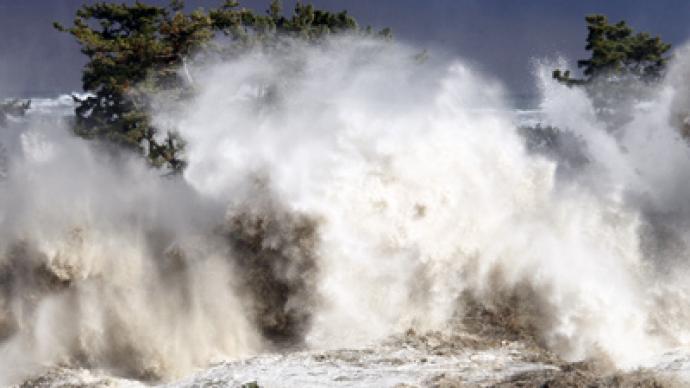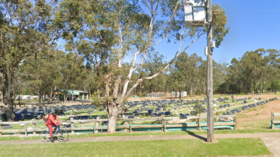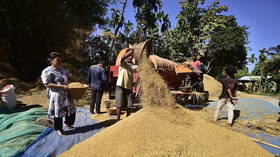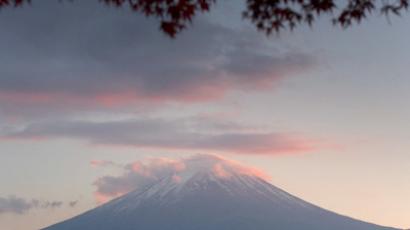Canada's close shave: British Columbia escapes earthquake disaster

The inhabitants of British Columbia narrowly escaped the 7.7 magnitude quake that struck off the Canadian coast. A tsunami alert was issued for the country's west coast, but if the mammoth quake had struck a city it would have caused sizable damage.
The 7.7 tremor rattled the Queen Charlotte Islands at around 8:00am local time, prompting the mass evacuation of British Columbia's coastal regions. Aftershocks – some topping 5.0 magnitude on the Richter scale – continued to follow the massive quake.
The National Weather service initially issued a tsunami warning for the coastal areas of British Columbia, but later extended it to encompass southern Alaska, northern California, southern Oregon and Hawaii. The warning was later downgraded to an advisory.
In Hawaii, authorities rushed to evacuate citizens to higher ground as a precaution again a tsunami that they said could “damage along the coastline of all islands in the state of Hawaii.”
Gerard Fryer, a senior geophysicist at the Pacific Tsunami warning center told CNN that, given the scale of the quake, Canada got lucky with a near-miss.
"A 7.7 is a big, hefty earthquake. It's not something you can ignore," said Fryer. “If that were a heavily populated area, it would have caused significant damage. It definitely would have done significant damage if it had been under a city."
Tsunami waves have already reached the coasts of Hawaii, but were smaller than predicted, reaching only one meter in height. The Institute of Ocean Science said that 69-centimeter waves had been registered in the north of the Queen Charlotte Islands.
"It appears to be settling down," Dennis Sinnott of the Institute of Ocean Science said. "It does not mean we won't get another small wave coming through."
‘No warning’
The residents of Queen Charlotte Island said that the earthquake caught them completely unawares. Local resident Urs Thomas, 59, related his account of the earthquake to AFP, saying that he received no advance warning.
"It was a pretty good shock," Thomas said. "I looked at my boat outside. It was rocking. Everything was moving. My truck was moving." He added the tremors went on for a full three minutes.
Scientists said that confusion over the epicenter of the quake caused delays in issuing a warning to coastal communities."We thought that the earthquake was on land and when we learned that it was deeper undersea and we gathered more information, we had no choice but to issue a warning," Gerard Fryer said.
The west coast of Canada experiences small tremors on a relatively regular basis because of its proximity to the Queen Charlotte Fault, which marks the boundary between the Pacific and North American tectonic plates.
The largest quake in Canadian history happened in 1700, and reached a magnitude of 9 on the Richter scale. The megathrust quake was even larger than the 1906 San Francisco earthquake that killed 3,000 people.
Since then, the strongest earthquake to strike Canada was in 1949, measuring 8.1 in magnitude. Its epicenter was also in the Queen Charlotte Islands and tremors were felt in Washington, Oregon and Alaska. Although no deaths were recorded, there was significant damage to homes and buildings.














